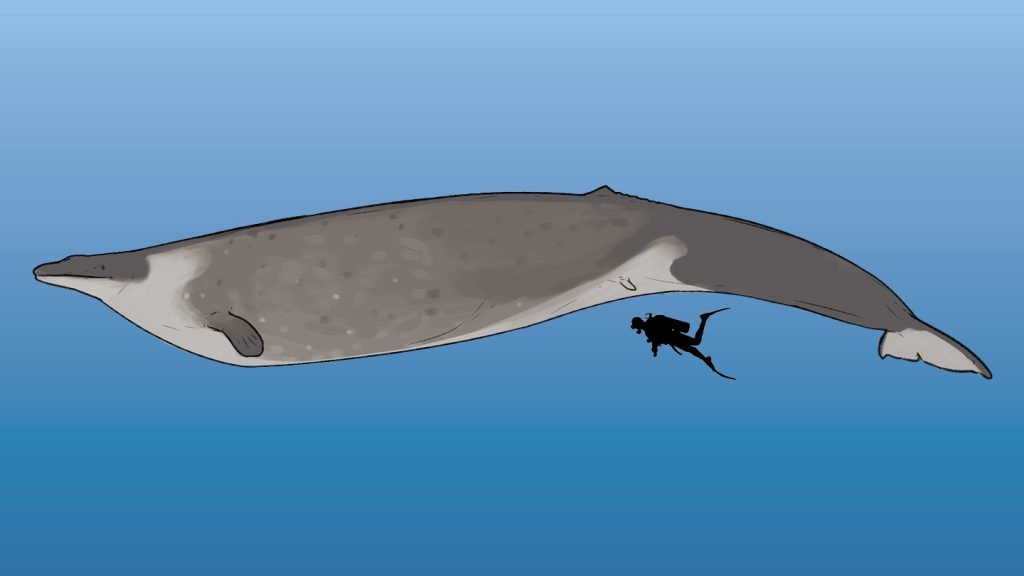Scientists have been calling into question the size estimates of many of the planet’s extinct giants over the last decade as new data and analytical techniques have emerged. Researchers highlight the trend of high-profile papers claiming to discover the world’s largest or heaviest creature, only to be later refuted by lower-profile publications. For example, the estimated size of the extinct Otodus megalodon, the largest shark to ever live, has recently been disputed, suggesting that it may have been longer but more slender than previously believed. Estimating the size of extinct animals often involves comparing fossils with living or extinct relatives or using computer analyses of evolutionary trees, which can lead to inaccurate assumptions and extrapolations.
The study focuses on four ocean-dwelling creatures, known from limited fossils, whose sizes have been revised to be smaller than initially estimated. For instance, the ancient armored fish Dunkleosteus terrelli, the fish Helicoprion, the giant shark Otodus megalodon, and the whale Perucetus colossus have all been found to be smaller than originally thought. These size estimates are important because larger species have a significant impact on ecology, such as affecting food resources and predator-prey relationships, which can be disrupted by environmental changes. Despite the caution needed in estimating sizes from limited fossil evidence, discrepancies can still arise due to methodological errors and assumptions.
The size dispute surrounding the extinct whale Perucetus highlights the challenges of estimating sizes from a scant fossil record. Earlier estimates of Perucetus’ weight were revised using different calculation methods, resulting in a downgrade to about 100 metric tons from the initial 340 metric tons. Paleontologists have raised concerns about spurious size estimates creating bias in perceptions of maximum sizes attainable by species. Larger-than-average species can have an outsized impact on ecosystems, and changes to the environment can subsequently affect these giants differently. The study emphasizes the need for caution and acknowledgment of wide margins of error when reconstructing extinct species’ sizes.
The core challenge in the field of estimating the sizes of extinct creatures has been highlighted by this study. While some paleontologists welcome the call for caution, others disagree with the rigor of the analysis presented in the paper. For example, there is ongoing debate about how to best estimate the size of Megalodon, with some researchers disputing claims made in the study. Issues with replicating rare fossils further complicate size estimation efforts, highlighting the challenges faced by researchers in this area. The study also points out the influence of research journals on what gets published and the potential biases that can result from focusing on extraordinary claims rather than methodological soundness.
The study suggests that the size or weight of an animal should not overshadow its significance in research. Researchers argue that a creature does not need to be the largest or heaviest to be worth studying, as every species has something unique to offer. Emphasizing the importance of understanding the animals beyond their size, the study aims to shift the focus from the magnitude of the creatures to the valuable information they provide about past ecosystems and evolutionary processes. By acknowledging the limitations of size estimates and recognizing the diversity of species worth studying, researchers can move towards a more comprehensive understanding of Earth’s extinct giants and their role in shaping our planet’s history.


